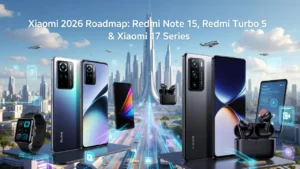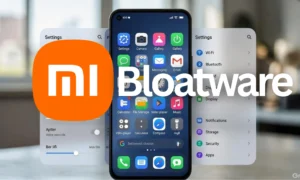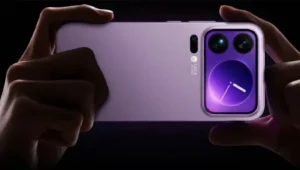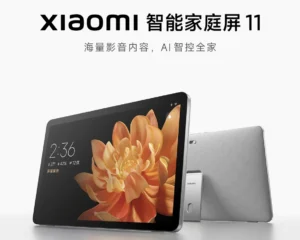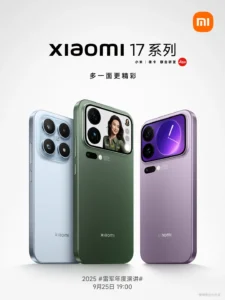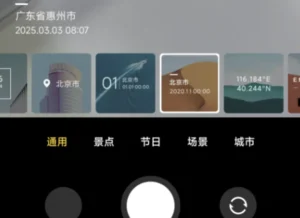Smartphone Value in 2025: Is a Month’s Salary Worth It?
Is a Month’s Salary Worth It? The Real Value of a Smartphone in 2025
Hey Xiaomi fans! Let’s talk smartphones. In 2025, your phone isn’t just a phone; it’s your camera, your office, your gaming console, and even your personal diary. But with prices ranging from a budget-friendly $200 to a flagship-level $2000, a big question looms: is shelling out a month (or more!) of your salary really worth it? Apple, Samsung, and Xiaomi dominate the market, each promising cutting-edge tech, but do you really need everything they offer? Are you investing in functionality, or falling for the allure of consumerism? This deep dive explores the true value of a smartphone in 2025, dissecting five key technical aspects, five human-centric criteria, and ultimately helping you decide if that shiny new iPhone 17 Pro, Galaxy S25 Ultra, or Xiaomi 15 Ultra is a necessity or an unnecessary luxury. Get ready to rethink your next purchase!

Smartphones: Status Symbols and Practical Tools
The 2025 smartphone market is fiercer than ever. Apple tempts us with its polished ecosystem, Samsung impresses with AMOLED displays and versatility, and Xiaomi challenges them all with top-notch technology at unbeatable prices. This diversity is reflected in the pricing: an iPhone 17 Pro Max might cost $1500, a Galaxy S25 Ultra hovers around $1300, and a Xiaomi 15 Pro sits closer to $1000. Then there are the mid-range champions like the Samsung Galaxy A56, the Xiaomi Redmi Note 14 Pro, or the iPhone SE 4, offering an attractive balance for $400-700. But what justifies these price differences? Is it pure status, or is there real practical value behind the cost?
To answer that, we’ll analyze five key technical objectives that define a phone’s value and five human criteria reflecting how people actually choose. By the end, you’ll be asking yourself: am I paying for what I need, or what marketing makes me want?
Objective 1: Performance – Do You Need a Supercomputer in Your Pocket?
Performance is the heart of any smartphone. In 2025, high-end processors like the Snapdragon 8 Gen 4 (in the Samsung Galaxy S25 and Xiaomi 15), the A19 Bionic (in the iPhone 17), or the Dimensity 9400 (in select Xiaomi models) offer speeds rivaling laptops. With 12-16GB of RAM in flagships, you can edit 8K videos, play AAA games, and multitask seamlessly. But how much power do you really need?
Who needs top-tier performance: Content creators, gamers, or professionals using demanding apps (like Adobe Premiere Rush or AutoCAD) will benefit from a flagship. The Xiaomi 15 Pro, with its Snapdragon 8 Gen 4 and 16GB of RAM, is ideal for on-the-go video editing, while the iPhone 17 Pro optimizes productivity apps within its ecosystem.
For the average user: If your routine involves social media, streaming, and messaging, a mid-range phone like the Samsung Galaxy A56 (with 8GB RAM and Snapdragon 7 Gen 3) or the Xiaomi Redmi Note 14 Pro (with Dimensity 8300) provides smooth performance at a fraction of the cost.
Key Question: Is it worth paying $1500 for an iPhone 17 Pro with laptop-level performance if you only use it for Instagram and Netflix? A $400 phone like the Redmi Note 14 can handle these tasks flawlessly. Are you paying for power, or for bragging rights?
Objective 2: Camera – Photography Studio or Needless Expense?
Smartphone cameras have revolutionized photography. In 2025, flagships like the Samsung Galaxy S25 Ultra (200MP sensor), the iPhone 17 Pro (48MP with advanced AI), and the Xiaomi 15 Pro (108MP with a periscope lens) offer 8K recording, impeccable night modes, and AI features that fine-tune every shot. But do you need a lens that captures the stars?
Who needs a pro-level camera: Amateur photographers, influencers, and content creators will appreciate the extra capabilities. The Xiaomi 15 Pro excels in computational photography versatility, while the Galaxy S25 Ultra boasts 10x optical zoom. The iPhone 17 Pro shines in stabilized video recording.
For the average user: A 48MP camera, like the one in the Samsung Galaxy A56 or Xiaomi Redmi Note 14 Pro, is more than enough for social media photos and family memories.
Key Question: Would you pay an extra $800 for a camera that only experts would notice a difference in? For the casual user, the difference between a $500 and a $1500 phone is minimal. Is it a luxury or an essential tool?
Objective 3: Battery – All-Day Power or Unnecessary Extra?
Battery life is a crucial factor in 2025. High-end phones like the iPhone 17 (5000mAh), Galaxy S25 (5100mAh), and Xiaomi 15 (5500mAh) offer 100-120W fast charging, replenishing the battery in 20-30 minutes.
Who needs superior battery life: Travelers, mobile professionals, or heavy users need robust batteries. The Xiaomi 15 with 120W charging is ideal for those constantly on the go, while the Galaxy S25 offers up to two days of battery life with moderate use.
For the average user: A mid-range phone like the iPhone SE 4 (4500mAh, 33W charging) or the Redmi Note 14 Pro (5000mAh) easily lasts a full day.
Key Question: Is it worth spending $1200 for a phone that charges in 15 minutes instead of 40? For most, the battery difference between mid-range and high-end is marginal. Is it convenience, or a whim?
Objective 4: Storage – How Much Space Do You Really Need?
With increasingly large apps, photos, and videos, storage is key. In 2025, flagships like the iPhone 17 Pro, Galaxy S25 Ultra, and Xiaomi 15 Pro offer 256-512GB as a base, while mid-range phones like the Galaxy A56 or Redmi Note 14 Pro start at 128GB.
Who needs extensive storage: If you shoot in 4K/8K or download offline content, you’ll need 256GB or more. The Xiaomi 15 Pro offers up to 1TB, ideal for creators, while the iPhone 17 doesn’t support microSD, so choose carefully.
For the average user: 128GB is sufficient for apps, photos, and some videos, especially with cloud storage like Google Drive or iCloud.
Key Question: Would you pay an extra $300 for an additional 256GB if you use the cloud? Inflated storage can be an unnecessary cost if you don’t utilize it.
Objective 5: Durability and Support – A Long-Term Investment?
Durability and software support determine how long your phone will last. In 2025, IP68 water and dust resistance and extended software updates are standard in the high-end segment.
Who needs long-term durability and support: If you want a phone that lasts 5 years, Apple offers 7 years of updates for the iPhone 17, Samsung promises 5 years for the Galaxy S25, and Xiaomi has caught up with 4-5 years on models like the Xiaomi 15.
For the average user: A mid-range phone like the Redmi Note 14 Pro or Galaxy A56, with 3-4 years of support and IP54 resistance, is sufficient for standard use.
Key Question: Is $1500 worth it for a phone that lasts 5 years versus a $500 phone that lasts 3? Longevity matters, but it doesn’t always justify tripling the price.
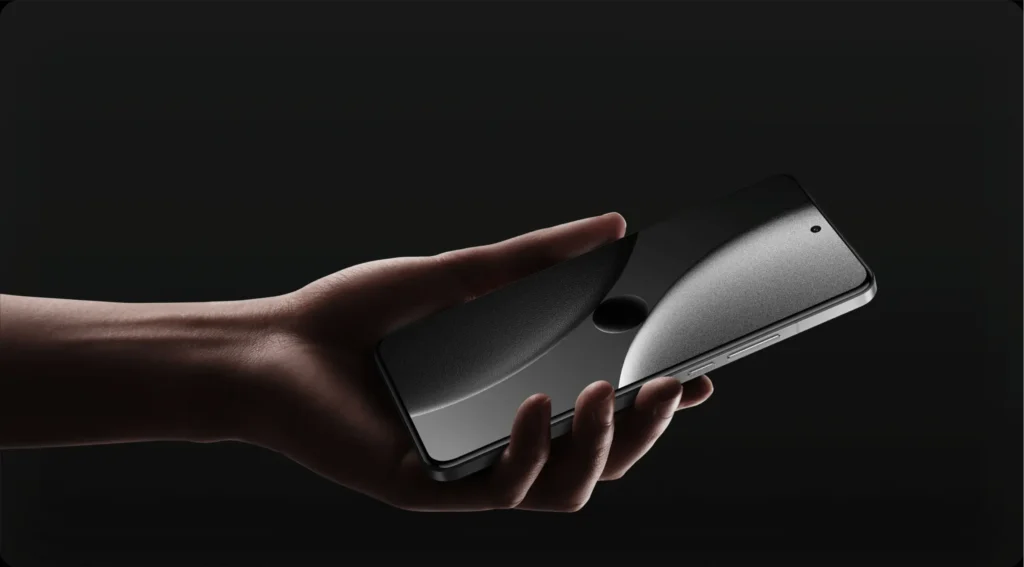
The Human Factor: How Personal Preferences Influence Value
A phone’s value isn’t just about specs; it’s about the person using it. Here are five human criteria guiding purchase decisions:
- Budget:
The most crucial factor. A $1500 iPhone 17 Pro Max or a $1300 Galaxy S25 Ultra might be tempting, but if they equal your rent, are they reasonable? Xiaomi shines here: the Redmi Note 14 Pro ($400) offers near-flagship performance for a third of the price. - Personal Use:
Are you a student, professional, or gamer? The iPhone 17 is ideal for a seamless Apple ecosystem, the Galaxy S25 for vibrant displays, and the Xiaomi 15 for those seeking power at a lower cost. Choose based on your actual needs. - Age and Tech Skills:
Children and seniors prefer simpler interfaces, like those on the iPhone SE 4 or Samsung Galaxy A56. Tech enthusiasts enjoy the Android customization on the Xiaomi 15 Pro or Galaxy S25. - Brand Preferences:
Brand loyalty plays a role. Apple captivates with iCloud and AirPods, Samsung with versatile Android, and Xiaomi with competitive pricing and innovative technology. Do you buy for functionality, or for the shiny apple? - Lifestyle:
If you travel or play sports, choose a phone with IP68, like the iPhone 17, Galaxy S25, or Xiaomi 15. For home use, prioritize large screens, like Samsung’s or Xiaomi’s AMOLED displays.
A Month’s Salary in Your Pocket? The Big Debate
Here’s the big question: are you spending a month’s salary out of necessity or social pressure? In 2025, the average salary in many Latin American countries is around $500-800. An iPhone 17 Pro Max ($1500), a Galaxy S25 Ultra ($1300), or even a Xiaomi 15 Pro ($1000) can consume an entire month’s income. Is it worth it?
The Argument For: A premium phone is an investment. For a content creator, the Xiaomi 15 Pro with its 108MP camera can replace professional equipment. The Galaxy Z Fold 7 ($1800) is a foldable office for entrepreneurs. The iPhone 17 Pro optimizes workflows within the Apple ecosystem. If the phone improves your productivity or income, the cost is justified.
The Argument Against: The gap between phone tiers has narrowed. A Samsung Galaxy A56, Xiaomi Redmi Note 14 Pro, or iPhone SE 4 ($400-600) offer AMOLED displays, decent cameras, and solid batteries. The difference with a flagship is often aesthetic or marginal. Would you pay double for 10% more performance?
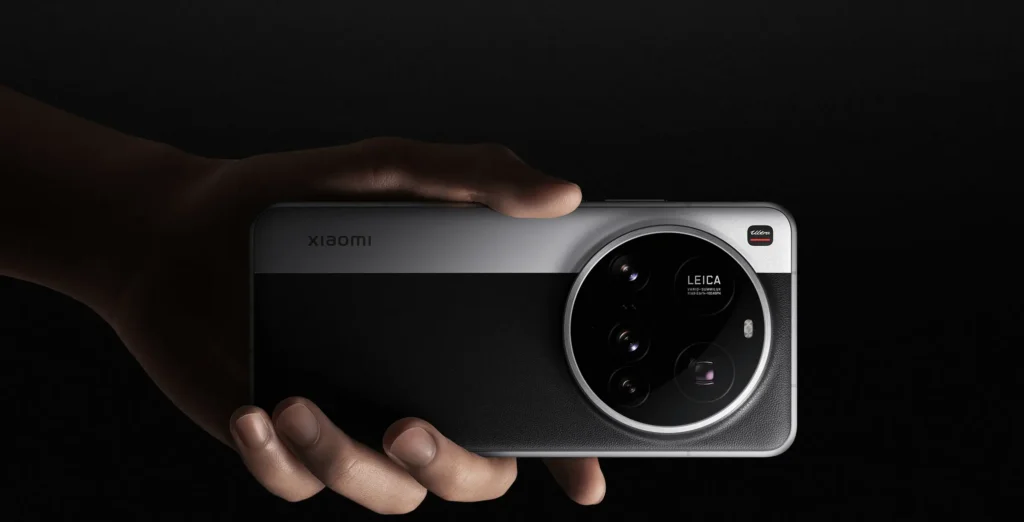
The Trap of Tech Consumerism
Smartphone marketing is a seductive machine. Apple sells you an elegant lifestyle, Samsung futuristic displays, and Xiaomi the dream of having it all for less. Every year, brands launch “revolutions”: an extra lens, a 5% faster processor, an “iconic” design. But do you need to upgrade your 2023 phone? An iPhone 14, Galaxy S23, or Xiaomi 13 is still perfectly functional in 2025.
Provocative Question: Are you buying out of need or because everyone on social media has the new model? The allure of consumerism is powerful: that video of an iPhone 17 unfolding in a keynote or the 10x zoom of the Galaxy S25 Ultra makes your phone feel obsolete. But is it? Most users don’t exploit even 60% of a flagship’s capabilities.
Xiaomi, Apple, Samsung: Who Wins on Value?
Xiaomi stands out by offering high-end specs at mid-range prices. The Xiaomi 15 Pro ($1000) competes with the iPhone 17 Pro and Galaxy S25 Ultra but costs $300-500 less. Its 120W fast charging, 108MP camera, and 120Hz AMOLED display make it an irresistible option for those seeking value without sacrificing power.
Apple, meanwhile, offers an unparalleled ecosystem and 7 years of software updates, justifying the iPhone 17’s price for brand loyalists. Samsung leads in AMOLED displays and Android versatility, with the Galaxy S25 Ultra as the king of customization and zoom.
Quick Comparison:
| Phone | Price (USD) | Strengths |
|---|---|---|
| iPhone 17 Pro | 1,500 | Seamless ecosystem, ideal for work & Apple creators |
| Galaxy S25 Ultra | 1,300 | Leading AMOLED display, 10x zoom, stylus for productivity |
| Xiaomi 15 Pro | 1,000 | Flagship power, ultra-fast charging, best value |
Conclusion: Define Your Own Value
Is spending a month’s salary on a phone worthwhile? The answer depends on you. If an iPhone 17 Pro, Galaxy S25 Ultra, or Xiaomi 15 Pro makes you more productive, helps you create content, or simply excites you, it might be a valid investment. But if you’re just following trends, a $400-600 phone like the Xiaomi Redmi Note 14 Pro, Samsung Galaxy A56, or iPhone SE 4 can meet your needs without emptying your bank account.
Before you buy, ask yourself:
- What features will I actually use?
- How long do I plan to keep the phone?
- Does the cost align with my budget?
- Am I buying out of need or social pressure?
In 2025, Apple, Samsung, and Xiaomi offer options for every budget and lifestyle. Don’t fall for the marketing hype: choose a phone that maximizes your value, not your ego. Next time you reach for your wallet, remember that the best phone isn’t the most expensive, but the one that’s right for you!
